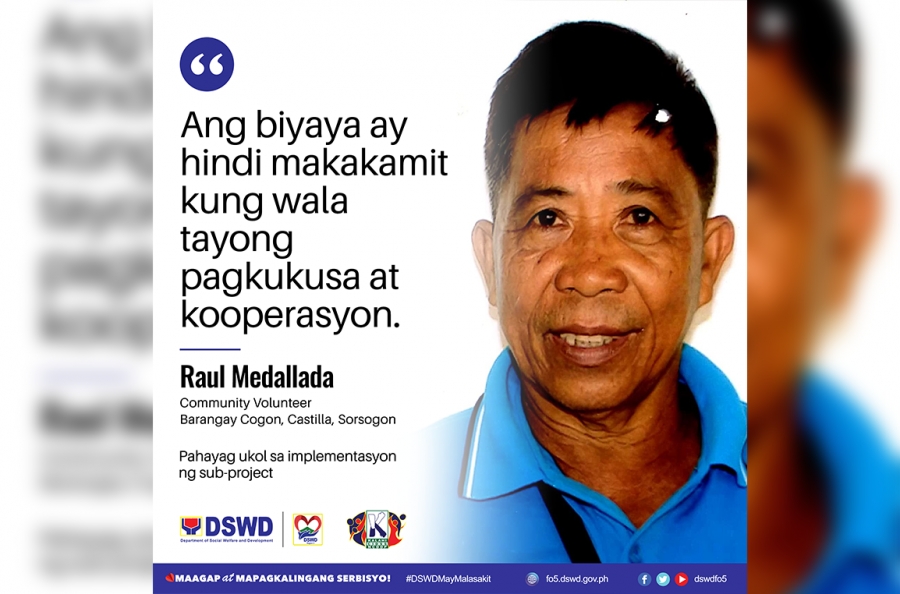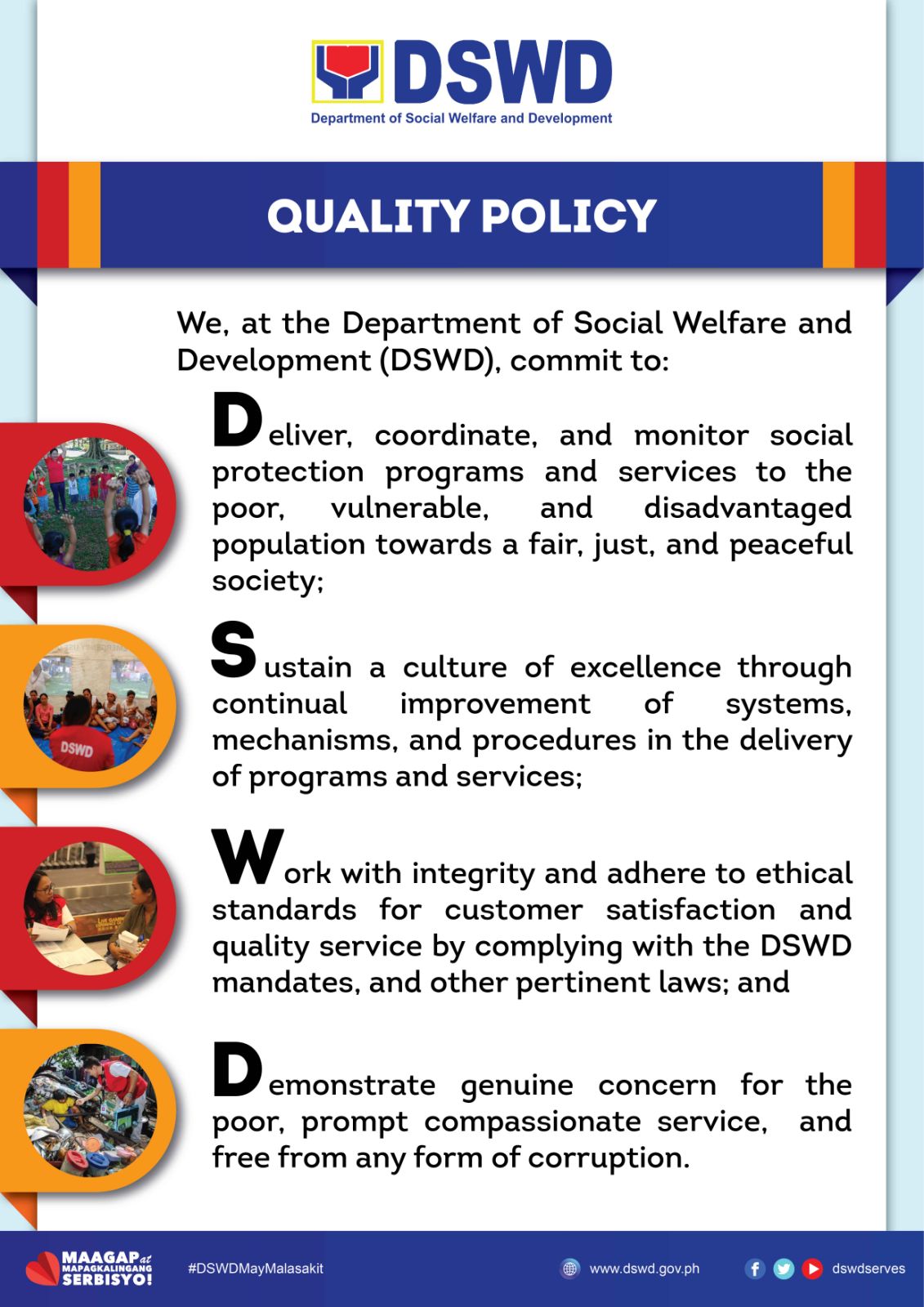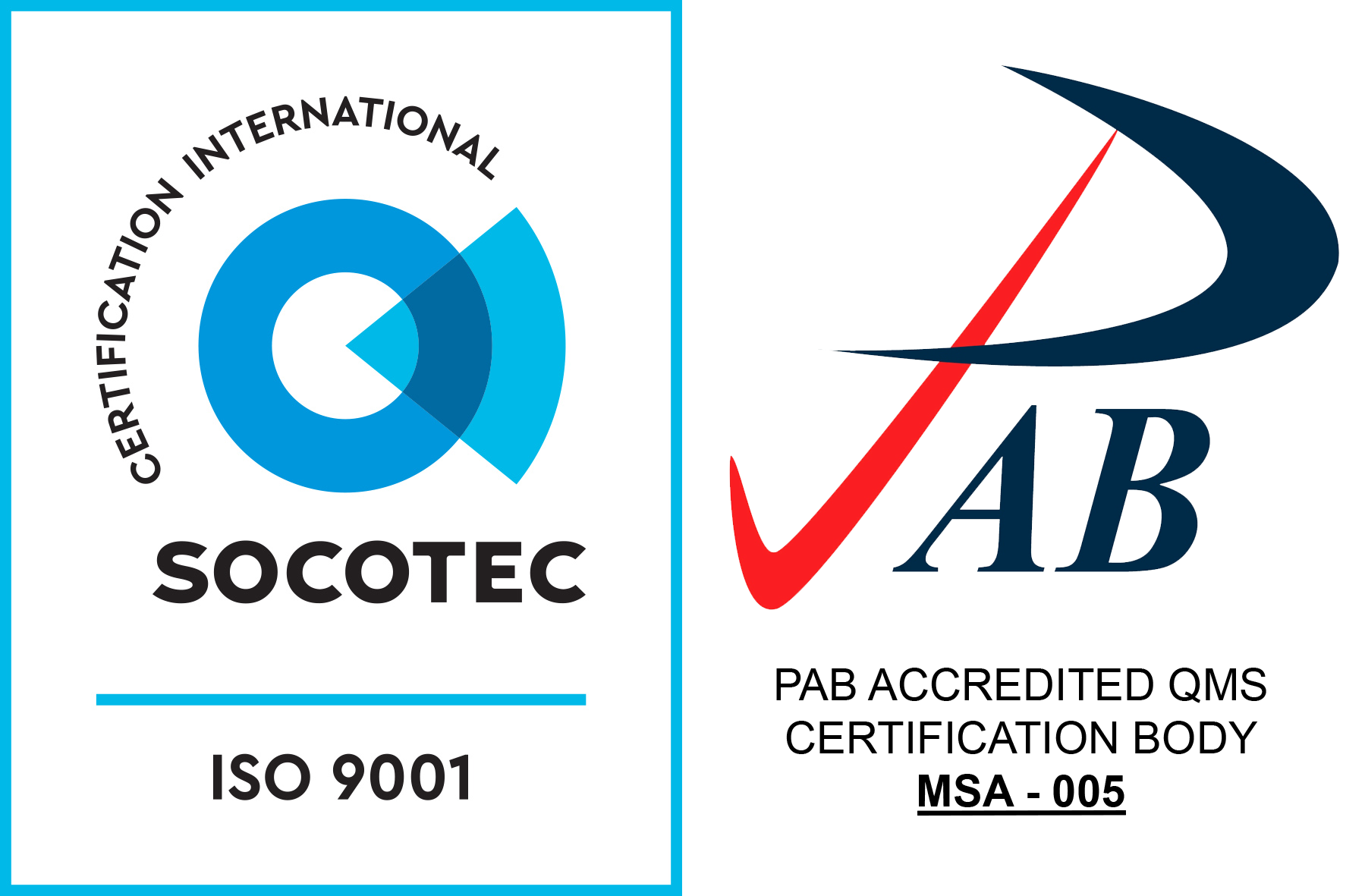CDD is a globally-recognized strategy that gives communities control over the development process, decision-making, and resource management. One of the communities that exhibited the advantage of participation is Barangay Cogon in Castilla, Sorsogon.
With the impact of COVID-19 pandemic, they used their strong involvement and determination in implementing their sub-project: retrofitting of day care center into barangay temporary quarantine facility, having capacity building for Barangay Health and Emergency Response Team (BHERT) and barangay officials, and purchase of information, education campaign support amenities.
The community proposed the sub-project due to the lack of facilities for the locally-stranded individuals (LSIs).
“Ang aming barangay ay malayo sa kabayanan at walang sapat na quarantine facility kung kaya kapag may mga LSI na dumarating ay walang mapaglagyan at sumasailalim lang ng home quarantine na nagdudulot ng malaking pangamba sa maaaring pagkalat ng sakit,” community volunteer Raul Medallada said.
(Our barangay is far from downtown Castilla and we have inadequate quarantine facility for the LSIs so they resort to home quarantine which created apprehension on the possible spread of the virus.)
PARTICIPATION DURING PANDEMIC
Raul shared that implementing a community project during the pandemic is not an easy task considering the restrictions in conducting community activities that requires face-to-face interaction.
“Naging mahirap ang pagpapatupad ng programa dahil maraming protocol na kailangan sundin at naging limitado pa ang ibinigay na oras para sa pagpapatupad ng proyekto,” he explained.
(Implementing the program became difficult because of the health protocols that must be observed and the limited timeline for completing the project.)
When discussing the development of the community, every barangay needs proper dialogue among its community members.v
“Sa komunidad, kailangan ang mahusay na pakikipag-usap sa mga tao upang mahikayat silang makilahok at maipahayag ang kanilang mga pangangailangan upang malutas ang mga suliranin at mabigyan ng solusyon ang bawat problema,” Anabel Hisita, barangay treasurer.
(In a community, it needs ample discussion with community members to encourage them to join and voice out their concerns in solving issues and providing appropriate solution for each problem.)
Completing the project posed a big challenge for Anabel which resorted in performing her assigned duties beyond working hours. With this, she cannot anymore spend time with her family. Despite the difficult tasks, she continued providing service to the community.
“Dahil sa alam ko na magbibigay ito ng malaking tulong at kaginhawaan sa aming barangay ay hindi ako umayaw bagkus mas lalo akong nagsumikap na gampanan ang aking tungkulin,” she said.
(Since I know that it will provide a huge help and comfort in our barangay, I did not give up and continued performing my assigned duties.)
Anabel added that the program gave the community a chance to join and learn especially in identifying the needs of the community and eventually implementing these identified projects.
“Dahil sa programa ng KALAHI-CIDSS, ang mga community volunteers ay natutong makiharap at gumawa ng desisyon para makatulong sa pag-unlad ng komunidad,” the barangay treasurer stated.
(Through KALAHI-CIDSS, community volunteers learned how to coordinate and make informed decisions to assist in the community’s progress.)
With solidarity and cooperation among community members, they completed the sub-project last November 30, 2020 with a grant cost of PHP389,441.87 and local counterpart contribution amounting to PHP1,500.00 benefitting 242 households.
“Ang biyaya ay hindi makakamit kung wala tayong pagkukusa at kooperasyon,” Raul imparted.
(We will not receive any blessing without initiative and cooperation.)
With report from Ma. Cristina Guiriba





